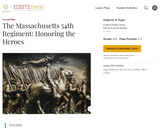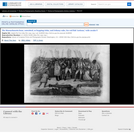An imaginative but puzzling commentary on sectional tensions over slavery between New England abolitionists and southern agrarian slaveholders. In his sweeping satire the artist also portrays a considerable hostility toward blacks as existing among various ethnic groups, including the Germans, French, Irish, and Scots. The title and main conceit here play on the differing regional cuisine: Cod-Fish as the staple of the North and, for the South, "Hopping-John," which he identifies as "Stewed Rice, Cow-Peas, & Bacon a Noble & invigorating dish much in Vogue," and "Johnny-Cake" or "Indian Corn-Bread the stamina of the South." A crowd has gathered at a wharf to witness a confrontation between a man draped from head to foot with cod-fish and onions and a wealthy southerner (center). The former grips the hand of a black youth (far right) and declares "Massachusetts never will relax in her demand, for this gentleman and friend of mine [i.e., the black man], enjoying his rights & protection, in the true spirit and meaning of the Constitution of the United States." A young woman stands at the man's side, her arm around his, and reassures the black youth, "Poor Soul Sir will do all he can to save you, from these wretched varmints." The southerner, who is dressed in white breeches, riding boots, and coat, reacts angrily, waving his riding crop, "There lies your path! be off at once, with that Black Villain for we are resolutely determined to permit no innovations in our Constitution and Sacred Laws at the hazard of Life & Fortune." A stout man in a long coat to the left chimes in on the southerner's behalf, "Why you must be a downright Ass to presume that our Sacred Constitution and Laws can be altered to suit your nonsensical Cod-Fish and Onion Notions." The black man, who is barefoot, says to his protector, "Ole Massa I tink wee best go way kase dees Bockara is blongst foh make Swonga dat fashion. But dem hadn't ought foh call you ole ho! Dem is too Cubbitch to gie me right!" Various comments come from the crowd. An Irishman: "Tunder & turf de darn Nagur has nie call wid de Repeal My honey." The Repeal movement was a source of strife in Ireland at the time (see "O'Connell's Call and Pat's Reply," no. 1843-1.) A Frenchman: "Vous etes bougres black dem rasskal. Je ne parle wis un Diable." A German or Dutchman: "Verdam black baese quiesta. Der fisch isch more schtink auer saur-Crout und kase!" A club-wielding Scotsman: "A'l noke ye doon ye black veelain gin ye 'mak anither wee whimper." Another man: "Hold your jabbering You black Son of a ----." Several slaves and their master appear at far left. The slaves remark, "Please ole massa let me gie that Yankee Nigga one Punch in e gut," "Ole Massa Chase it foh ebery body gwine free," and "Hold you mout you is one dam fool." In the foreground sits a large cannon with mottoes inscribed: "Pro Patria" and "Animis opibusque parati." Beneath the cannon a pile of spilled coins, "Our Blood & Treasure."|James Akin of South Carolina Lithographer, Philadelphia, April 1845.|Published at no. 18 Prune St. Philad.|Title appears as it is written on the item.|Purchase Caroline and Erwin Swann Memorial Fund.|Forms part of: American cartoon print filing series (Library of Congress)|Published in: American political prints, 1766-1876 / Bernard F. Reilly. Boston : G.K. Hall, 1991, entry 1845-6.
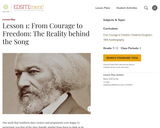
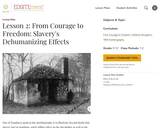


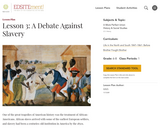
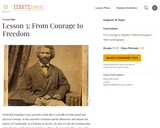
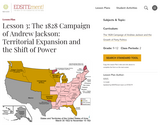

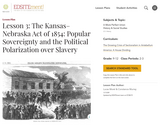
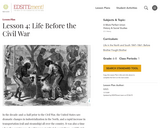
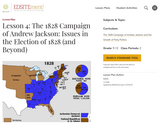

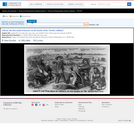

![[Lincoln & Douglas In A Presidential Footrace]. 1860](https://img.oercommons.org/160x134/oercommons/media/upload/materials/screenshots/materials-course-75941.png)


